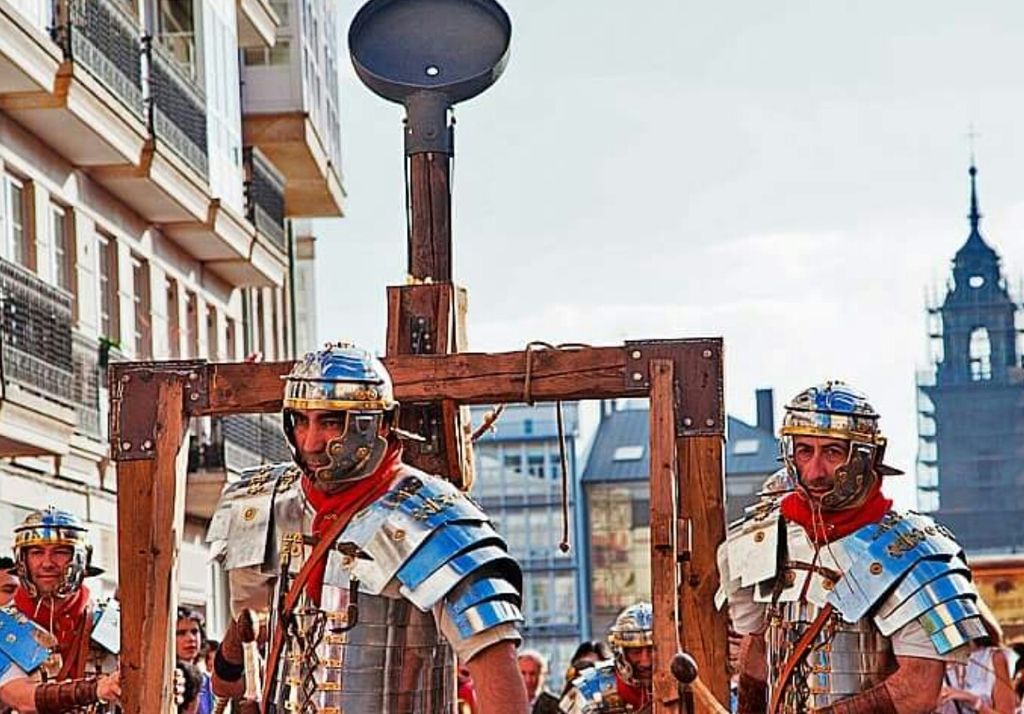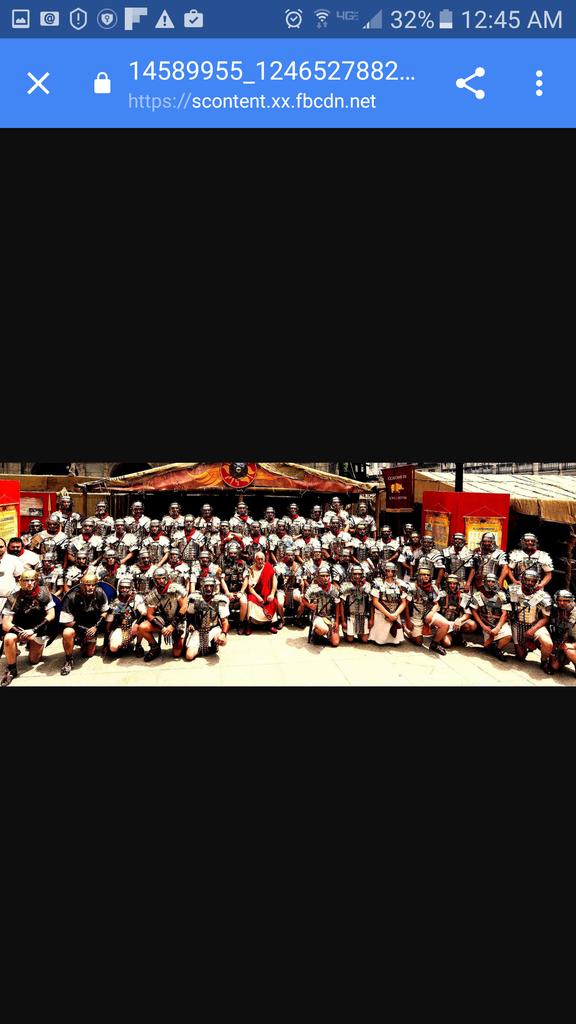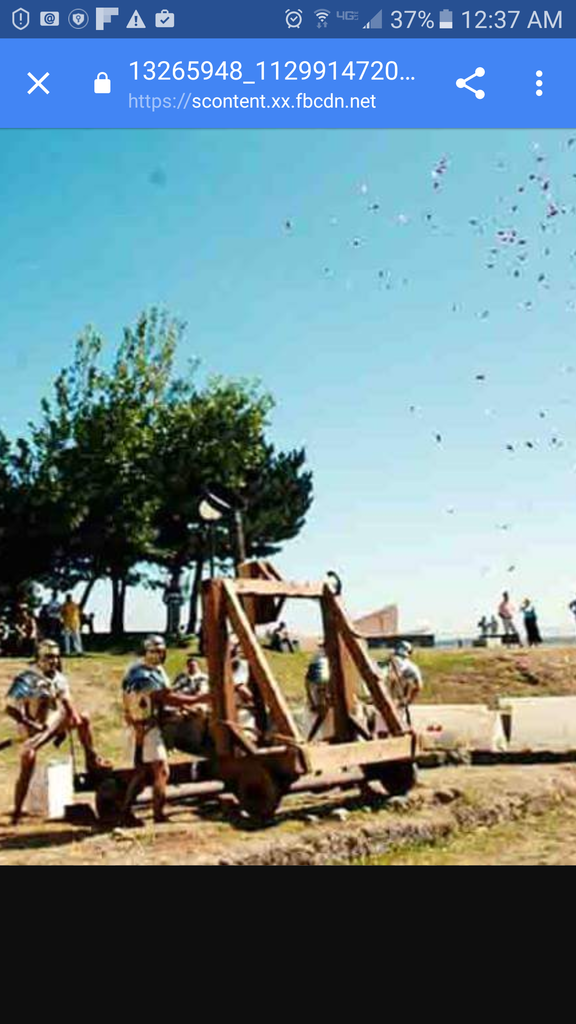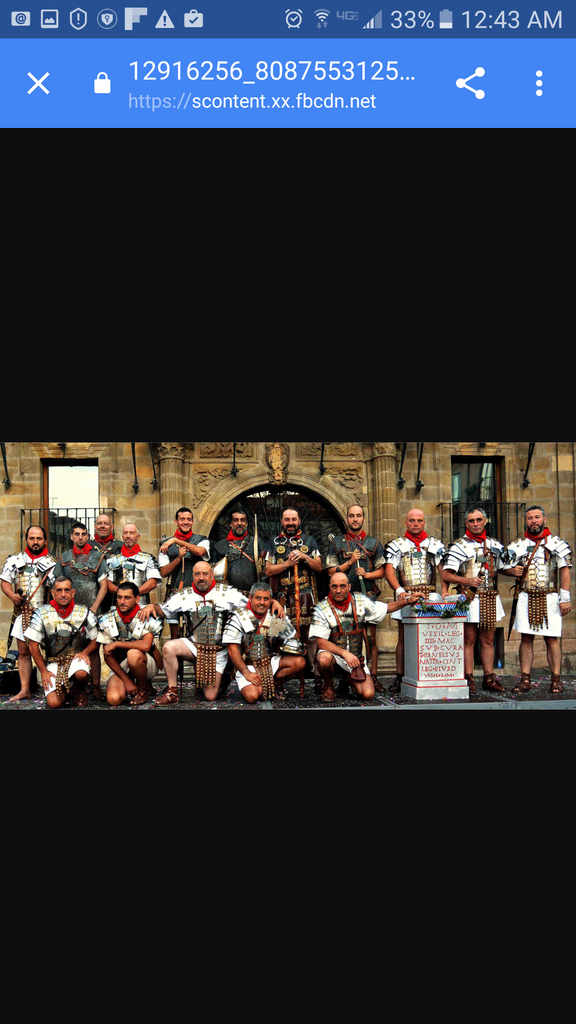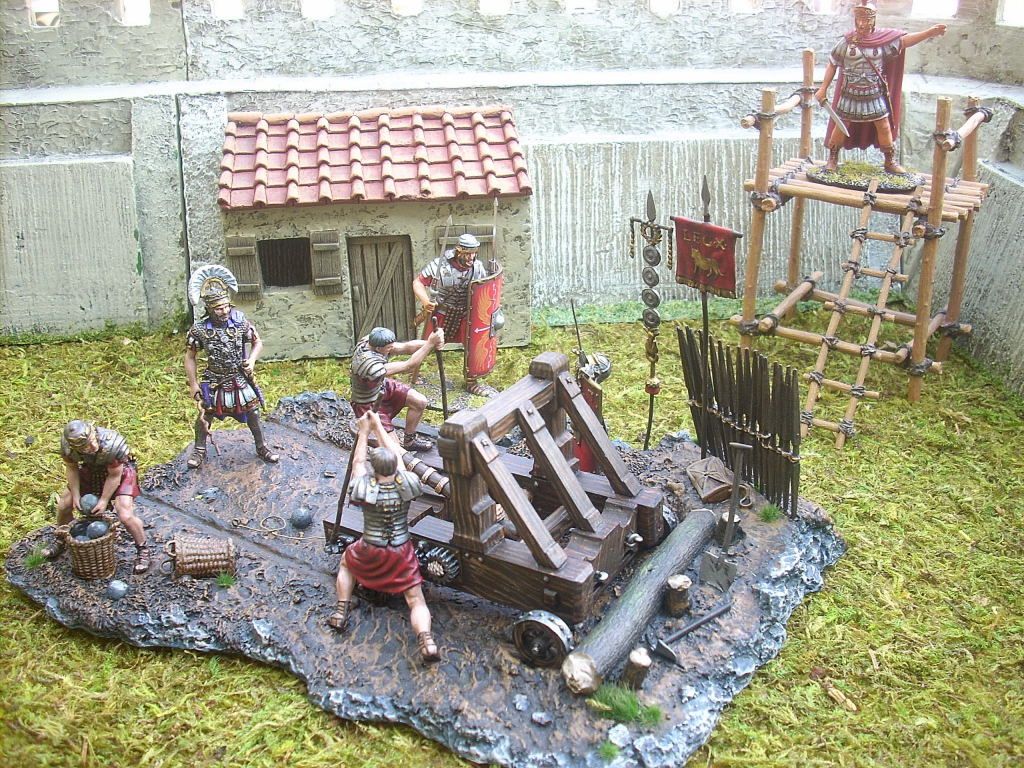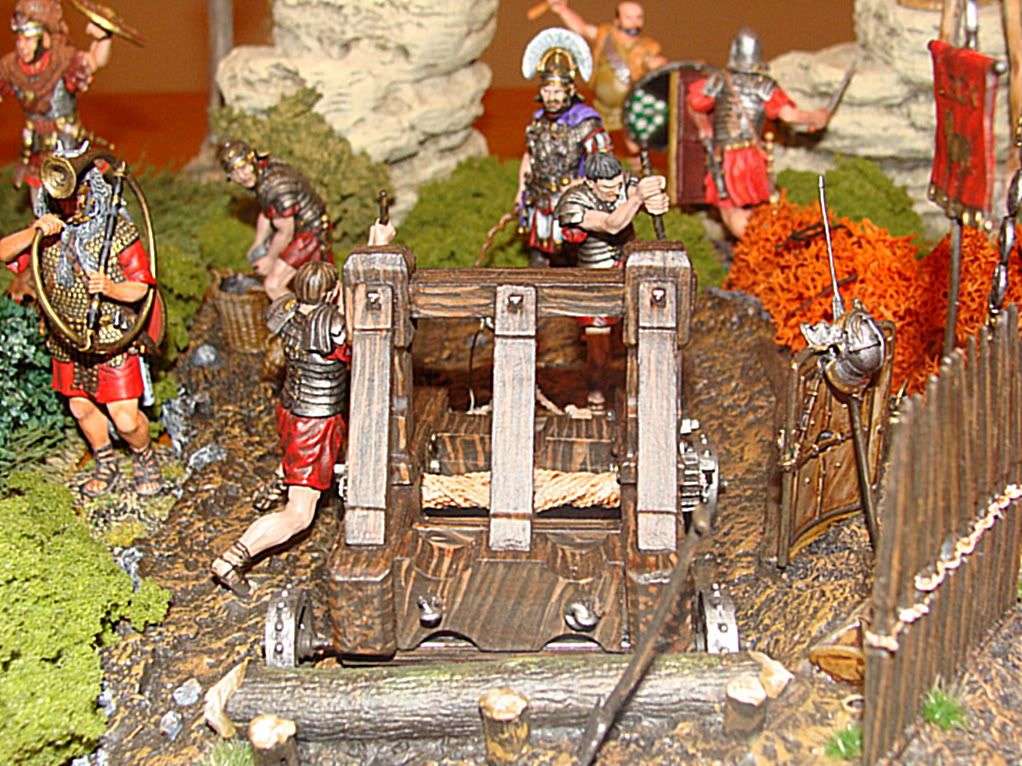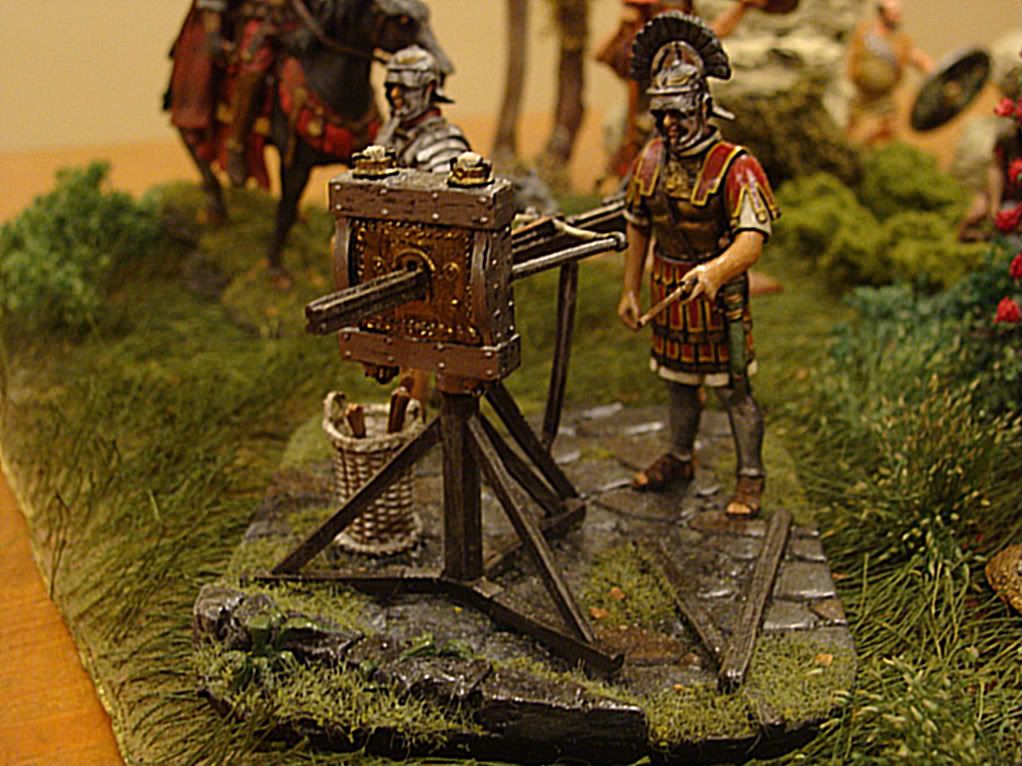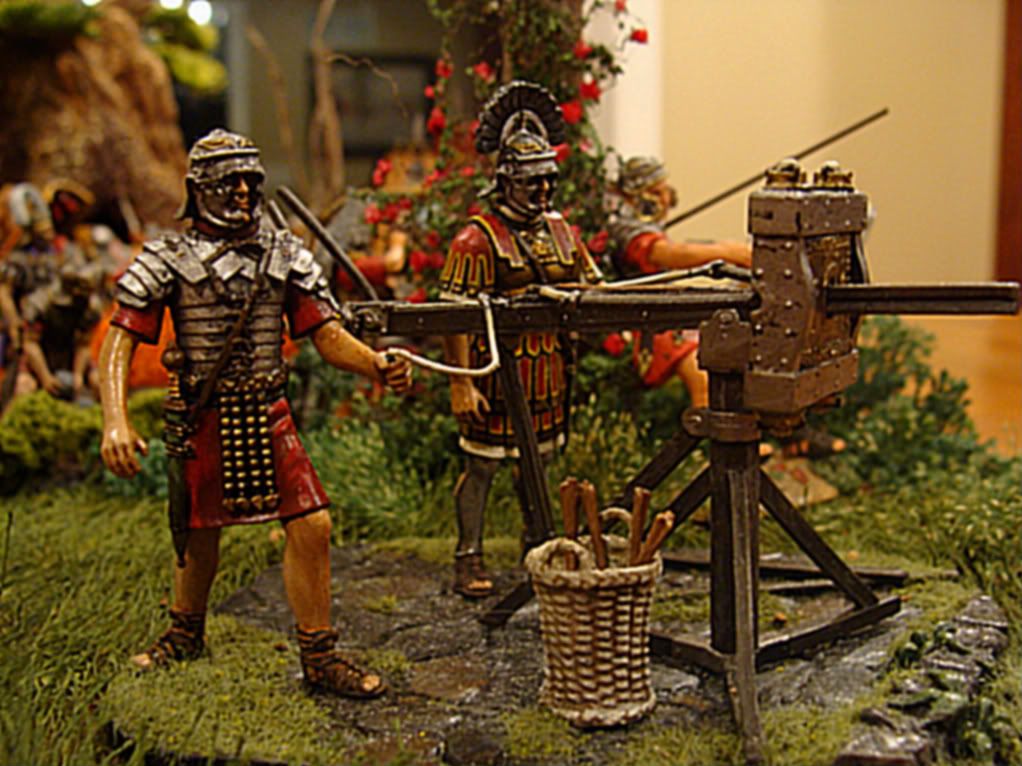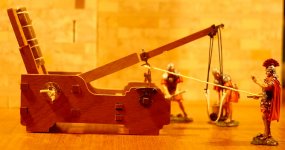
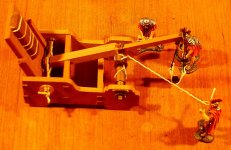
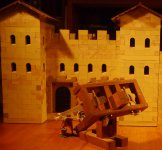
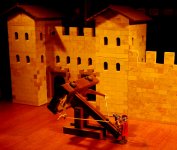
Roman Catapults consisted primarily of the Ballista and the Onager; both of which were built in a range of sizes. The size was determined by the weight of the shot; which could be as large as 1 Talent or about 60 pounds. The BBC recently built and test fired a 1 talent Ballista of very impressive size. The Scorpion was a small Ballista firing bolts. Ballista can be designed to fire either shot or bolts. The Onager was effectively 1/2 of a Ballista and used one instead of two torsion springs. A sling was used to hold the shot and like the Medieval Trebuchet the sling extended the range.
The photos show working models of Roman Catapults utilizing torsion springs for power. Medieval catapults used a laminated wood bow for power typically and a cup or bowel to hold the shot rather than a sling. The Da Vinci catapult design is typical of the Medieval catapults. The model Onager and Ballista fire 6mm lead shot about 10 meters with considerable force and are quite accurate.
The first and second photo is a large Onager with 60mm figures. The third and fourth photos is a large Ballista with 60mm figures. The Roman Catapults shown would be typically used in seiges and would be built or assembled on site.


